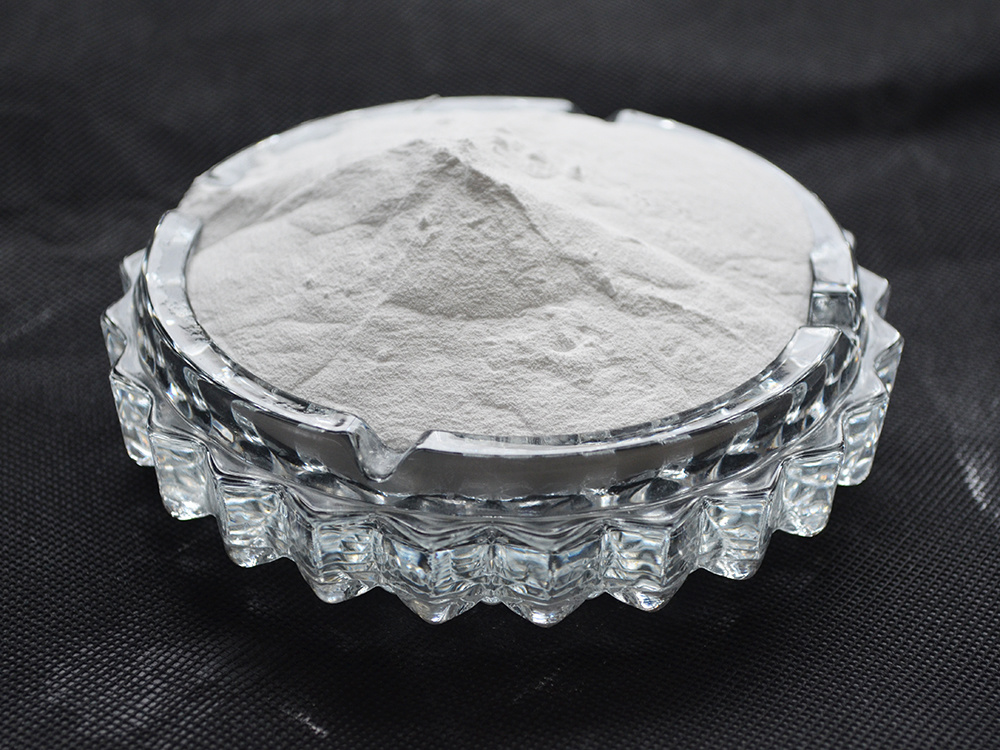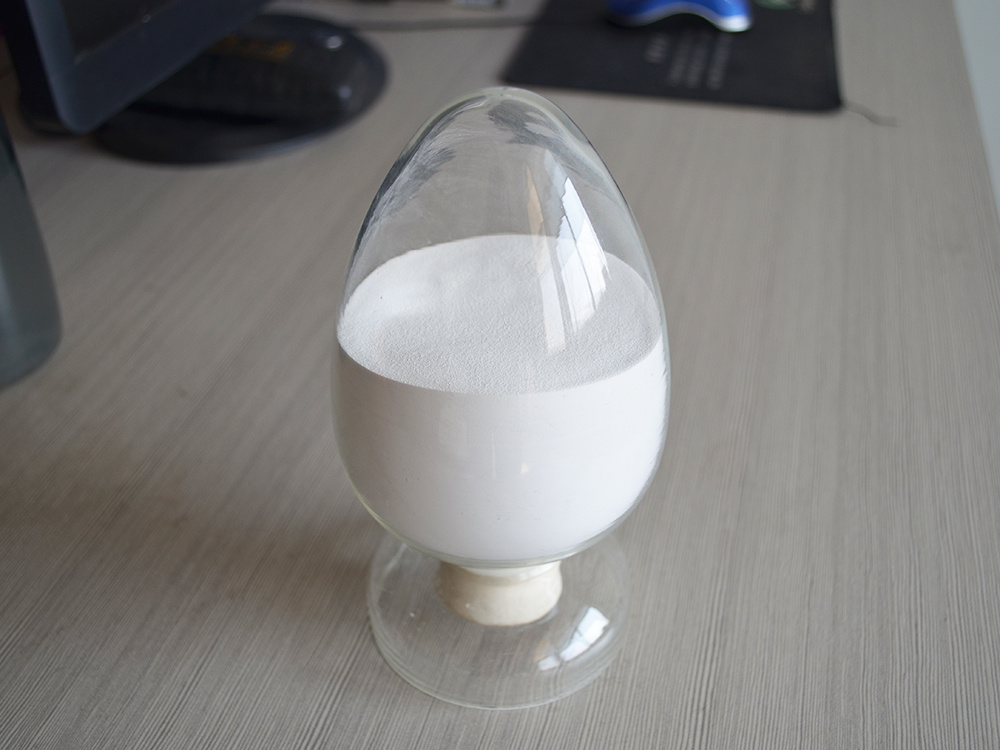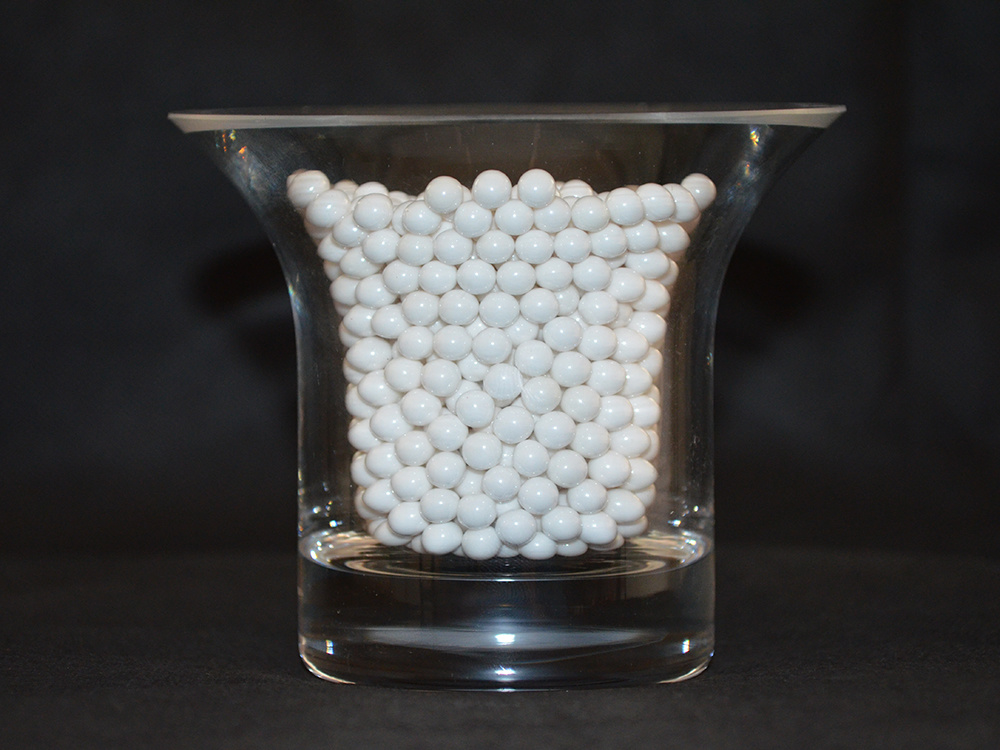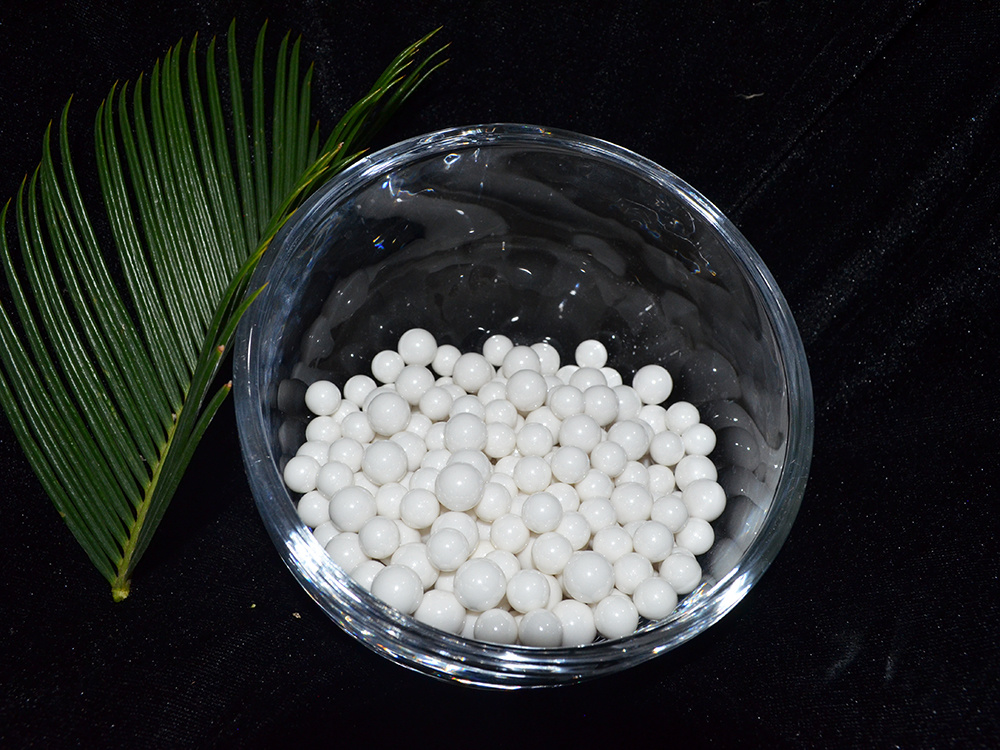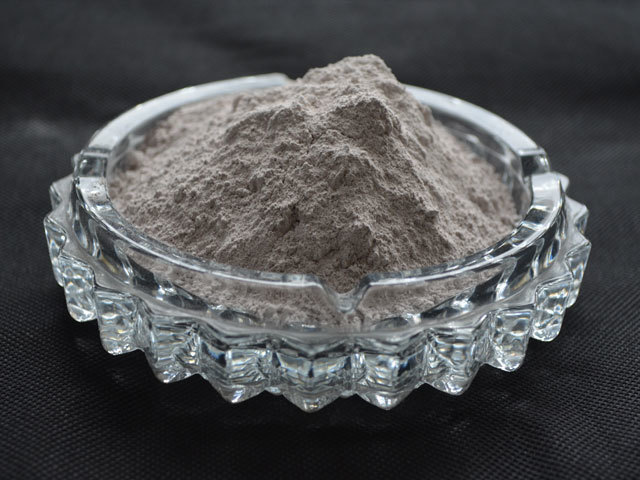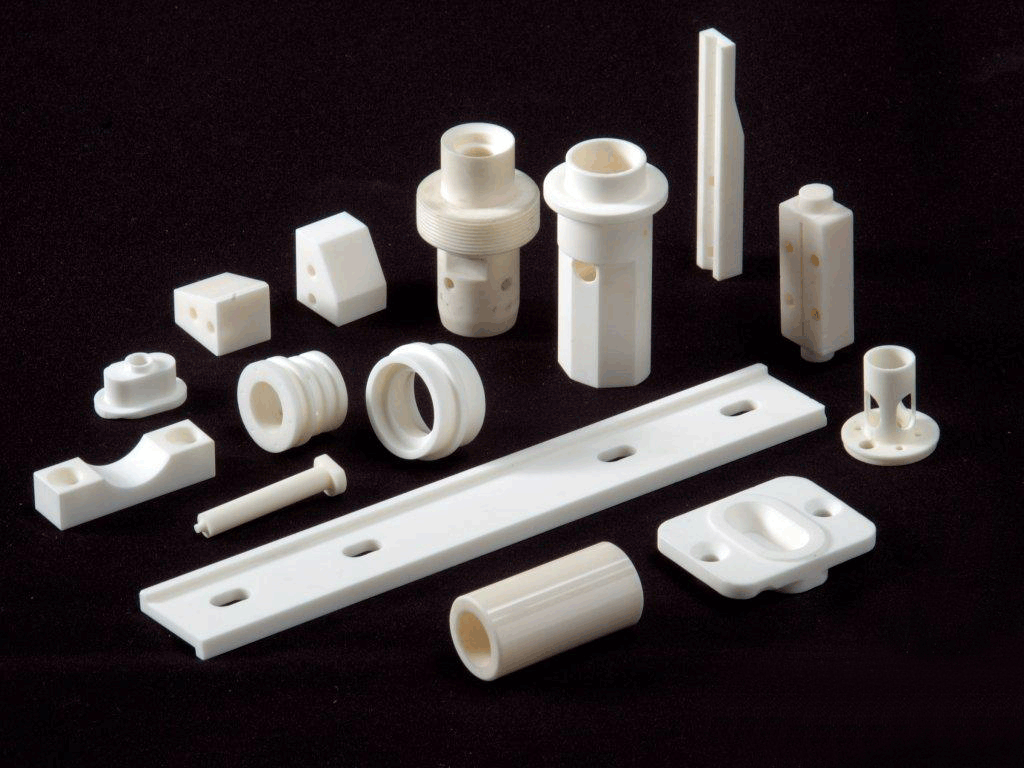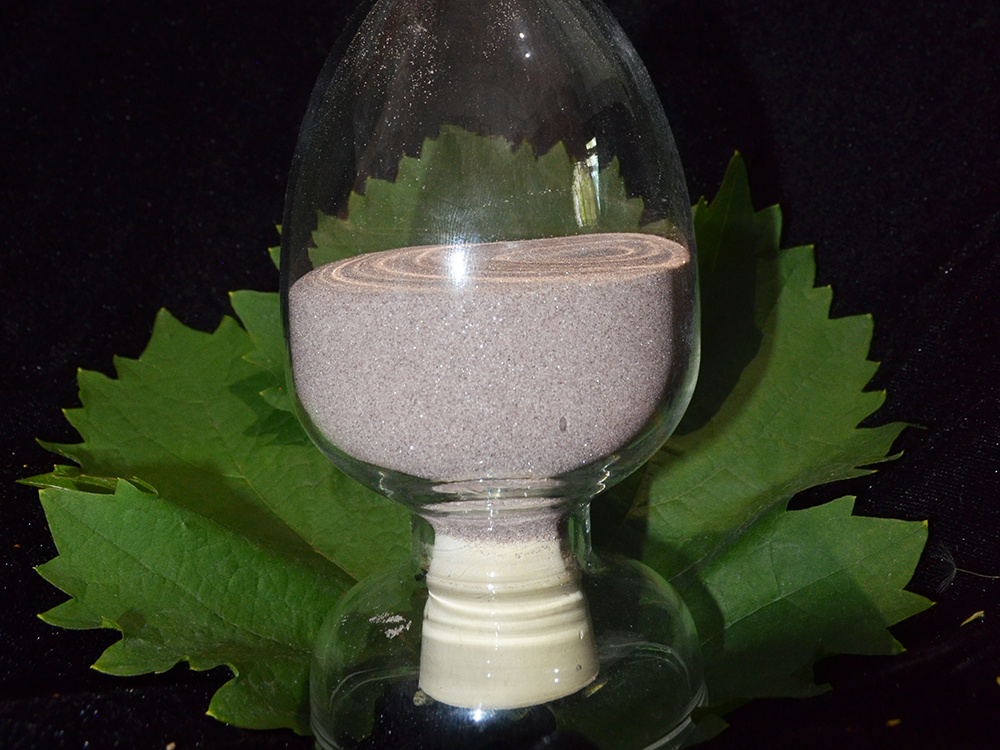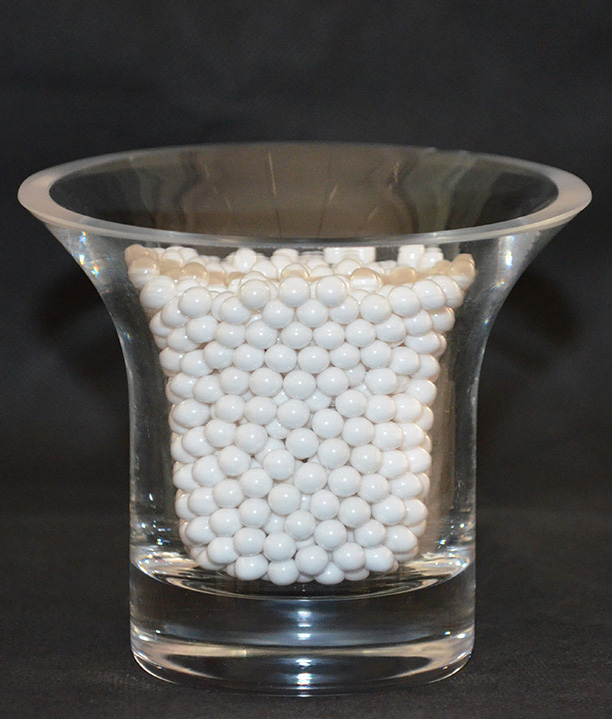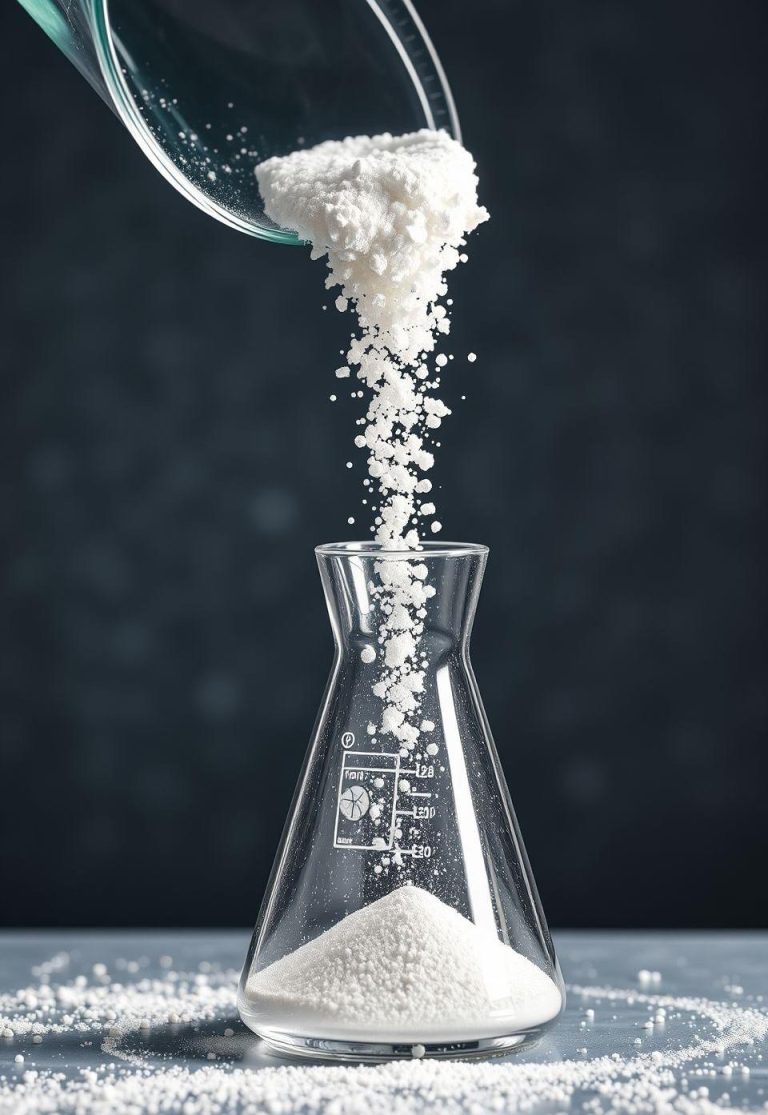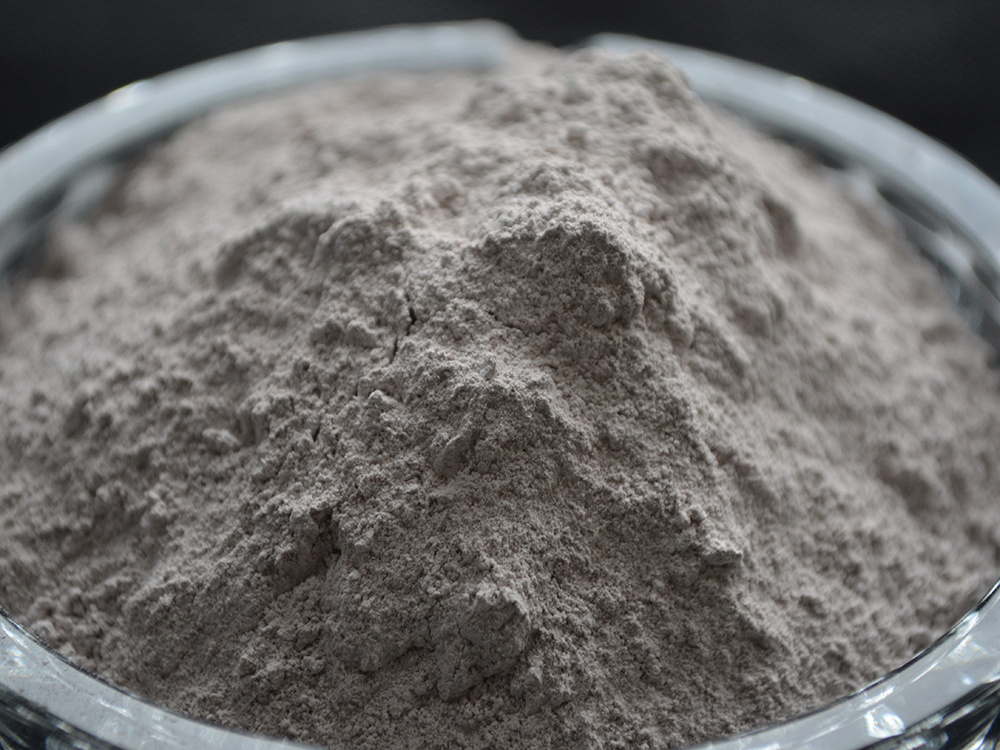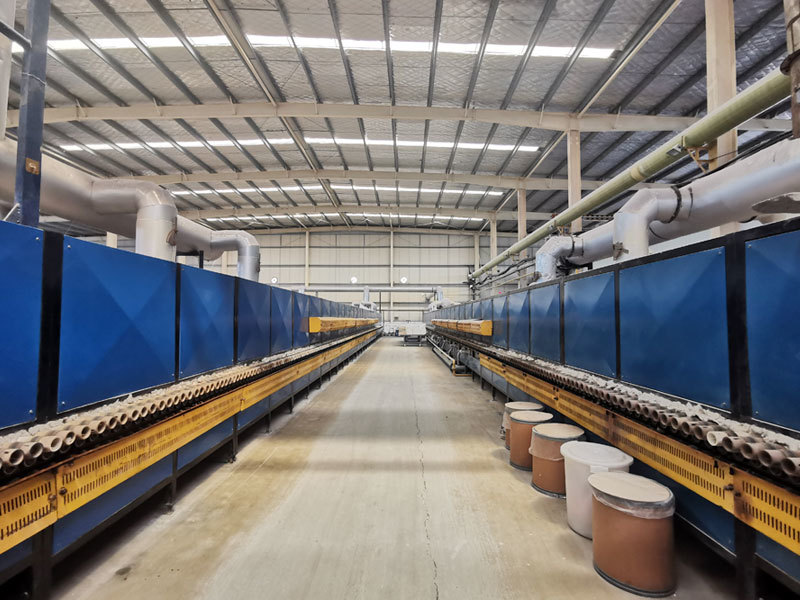Applications
zirconium materials
1. Precision Ceramics Manufacturing
Used in structural and electronic ceramic components, kiln furniture, and grinding media.
2. Refractory Materials
Essential in foundry coatings, furnace linings, and high-heat insulation applications.
3. Dental & Medical Ceramics
Supports high-purity needs for dental blocks and biocompatible zirconia-based medical components.
4. Pigments & Glazes
Provides opacity, whiteness, and stability in ceramic glaze and tile pigment applications.

